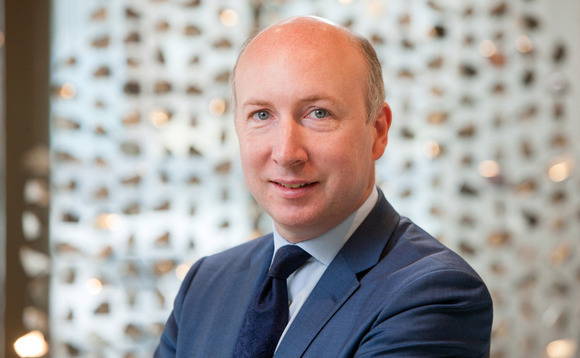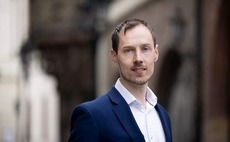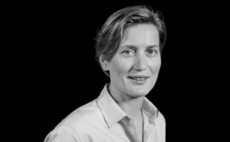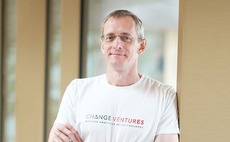
DWS putting secondary capital to work in late-stage co-investments

GPs typically have around 10% of their fund dedicated to follow-on investments, but most often will not use it all for one company, so secondaries player DWS has found that offering a mid-cycle co-invest can be an option to capitalise on opportunities. Denise Ko Genovese reports
Private equity houses are increasingly turning to the copious amounts of secondary capital in order to tease out more value from prized portfolio companies. But tapping additional capital to move an asset to a new vehicle and restart the clock usually takes place at the very end of the life of the fund. This was certainly the case recently with PAI's Froneri deal and Permira's Genesys restructure, with those vehicles being in year 12 and year 13 respectively.
There are, of course, other pools of capital that can be accessed if a company needs money mid-way through a fund's life, such as selling a portion to another GP or raising additional debt. But the private equity team at DWS, an asset manager with $2bn in assets under management for private equity, has embarked on a relatively new way of helping GPs back their performing and growing assets, mid-life.
"GPs generally have around 10% of their fund dedicated to follow-on investments, but don't typically use it for one company," says Mark McDonald, head of private equity at DWS. "If you are managing a $1bn fund with 10 assets worth $100m each and the GP finds a great, but sizeable, add-on for one of the companies mid-way through the cycle, it may be difficult due to the structure of the LPA and fund. Either it's after the investment period of the fund, or it may breach concentration limits even if you're still in it."
Previously the asset management arm of Deutsche Bank – an LP in buyout funds and funds-of-funds – DWS separated from the bank in March 2018 during a partial listing on the Frankfurt Stock Exchange. The team has now carried out six investments dubbed "mid-life co-investments". The difference in strategy is that typical co-investments are carried out on day one of a private equity buyout.
Hybrid approach
DWS's strategy is therefore fairly new and a hybrid between direct investing and secondaries, with capital invested via a special purpose vehicle outside the fund that goes straight into funding that one asset when needed. The team undertakes due diligence through a direct investing lens, which differs from traditional "day 1" co-investments where the LP in question usually relies on the GP's processes.
"Although we carry out the diligence ourselves, akin to a direct investor, the day after we close the investment we become an LP," says McDonald. "We are not operators and let the GP keep governance and control. But we sometimes support in governance and may have rights to appoint board members under certain circumstances."
The upside is that the fund stays as it is, while one (or several) assets get additional capital from a separate pool, which is still managed by the same GP.
"We provide conflict-free capital, not just for the GP and the underlying asset, but also for LPs in the fund, as we are open for them to invest alongside us as appropriate. We can offer a truly third-party solution that LP 'insiders' may not," says McDonald. "Going mid-stage has its nuances around both valuation and structure. We may come to it at different valuation points and hence our own diligence and direct underwriting approach is critical, as we are backing a new or tweaked business plan, oftentimes in tandem with the CEO of the company itself."
DWS has already worked with a number of GPs in this way, including Norvestor Equity, where it supported the GP's continuing ownership of Norwegian IT service Cegal last year.
Norvestor sold its majority equity stake in Cegal to a consortium led by DWS and Argentum. The transaction was made via a special purpose vehicle, Norvestor SPV I – managed by Norvestor – which will own 75-80% of the new holding company, while the company's management and employees will hold the remainder. Norvestor will continue to be minority equity shareholder and also manage the SPV.
As well as two additional deals in Europe, DWS has also worked with a US growth fund – to provide additional follow-on capital for three assets – as well as a US mid-market fund, where it took a minority stake in a fast-growing vitamins and minerals business and is evaluating future follow-on opportunities in the company.
Helping hand
Even if business is on hold and firms are taking a breather from doing "normal" deals, in the current market environment, DWS is still looking to help GP's grow their companies further.
"If you look at current market conditions, no portfolio is immune when the whole world stops. Some firms may have follow-on capital in the fund – but some of this may be needed to support portfolio company liquidity, in covenant resets, or even where more debt may demand additional equity. Follow-on capital therefore decreases in the fund while the investment teams may spot attractive M&A or growth opportunities for their star assets. In this case, we can provide additional firepower to help, in partnership with all stakeholders," says McDonald.
Latest News
Stonehage Fleming raises USD 130m for largest fund to date, eyes 2024 programme
Sponsor acquired the public software group in July 2017 via the same-year vintage Partners Group Global Value 2017
Stonehage Fleming raises USD 130m for largest fund to date, eyes 2024 programme
Czech Republic-headquartered family office is targeting DACH and CEE region deals
Stonehage Fleming raises USD 130m for largest fund to date, eyes 2024 programme
Ex-Rocket Internet leader Bettina Curtze joins Swiss VC firm as partner and CFO
Stonehage Fleming raises USD 130m for largest fund to date, eyes 2024 programme
Estonia-registered VC could bolster LP base with fresh capital from funds-of-funds or pension funds









